As the weather gets warmer, you may want to implement a pop of colour into the design of your outdoor space. One of the simplest ways to achieve this is to begin planting colourful flowers within your garden.
Rich, vibrant colours are a fantastic way to frame the interesting focal points of your garden and can pair or contrast beautifully with your existing outdoor furniture or NeoTimber composite decking, cladding, or fencing themes. In this article, we will look at a selection of springtime flowers to plant that can completely transform the look and feel of your garden space. Let’s begin…
Primulas
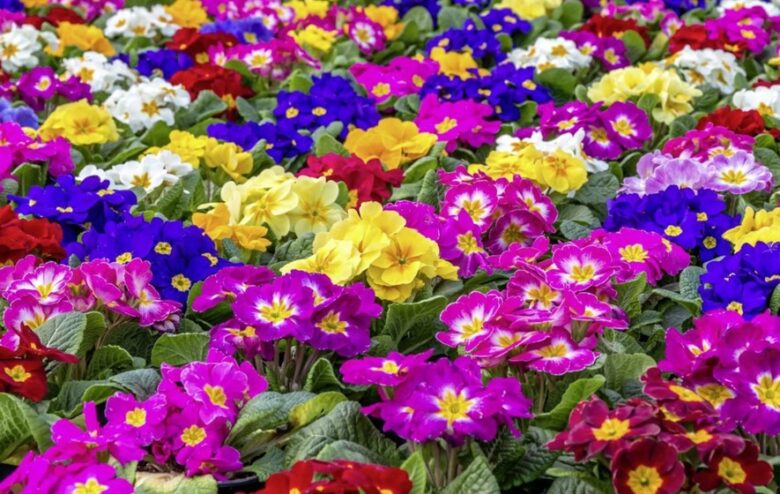
Primulas are perfect flowers to plant in the springtime, due to how resilient and easy to grow they can be. Most kinds of primroses need partial shade to grow effectively, and thrive in well drained, moist soil. Primulas can be bought from most garden centres as young plants and can be used to simply fill the noticeable gaps and spaces in your existing flower beds.
Whilst many primulas come in a single colour, such as Primula Chungensis (yellow with orange whorls) and Primula Beesiana (deep purple/pink), there are many hybrids that have two tones, making them an interesting, attention-grabbing focal point to your planting themes.
Forget-Me-Nots
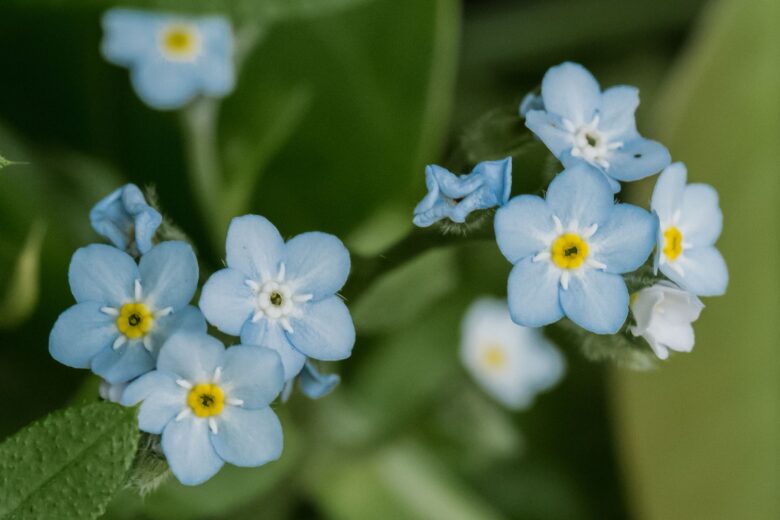
The lovely, soft, subdued blue of the forget-me-not pairs beautifully with a more understated, neutral, or pastel toned colour theme. Like Primulas, Forget-Me-Nots are also relatively easy to grow, as they can thrive in both sunny and shady areas. Additionally, the springtime is the perfect time of year to plant and grow forget-me-nots, as they struggle to grow and survive during the hotter, more intense temperature of the summer months.
Another benefit to growing forget-me-nots is how little maintenance they will need. They are self-seeding and do not attract any pests. If you find that they are not growing as well as you would have liked, try moving your forget-me-not beds to a slightly shadier area to take them out of the direct sunlight.
Tulips
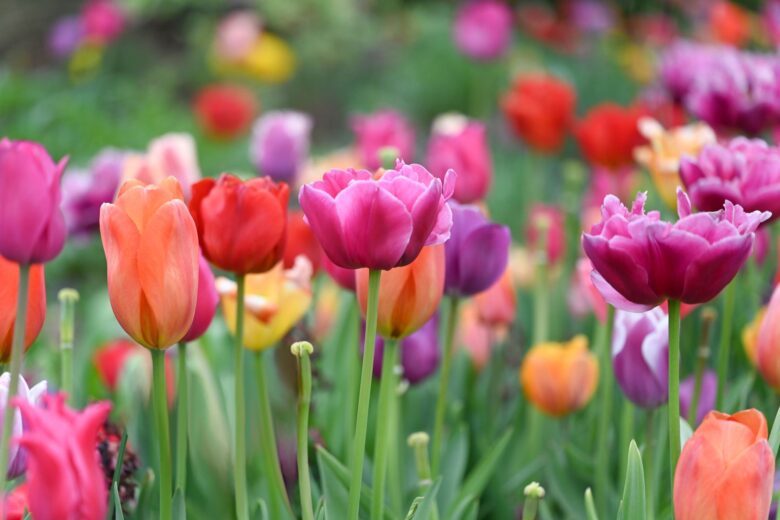
Incorporating tulips into your outdoor space is a perfect way to easily match the design theme of your garden, as they come in a vast range of different colours. Plant your tulip bulbs in the autumn and winter months to ensure a rich pop of colour to ring in the changes, welcoming you into the springtime. Diverse in the range of tones available, there are very few colours that aren’t represented by a species of tulip.
Unfortunately, unlike forget-me-nots, tulips occasionally can attract pests such as mice. To try and discourage these pests, preventative steps can be taken. Putting small amounts of gravel into the planting holes of the bulbs is effective, so long as the soil is still aired, and water can still drain properly. Similarly, rodents tend to be deterred by the smell of wild garlic, so growing this in your space can help to make your garden pest free.
Hellebores
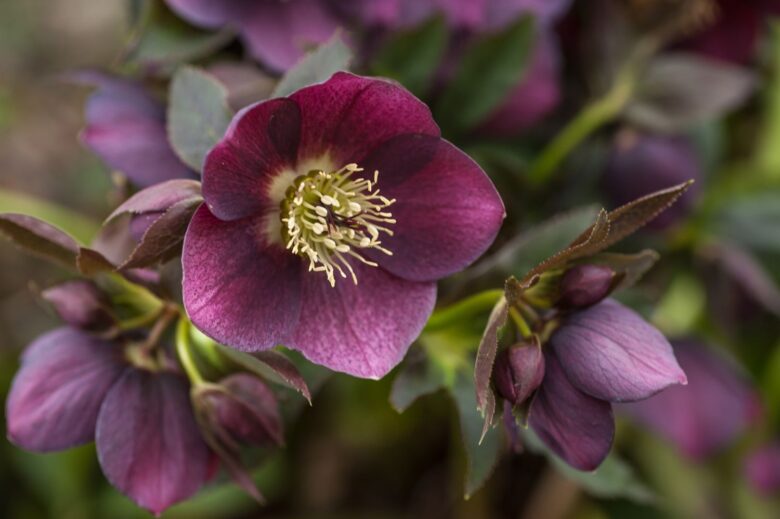
Hardy and resilient, most hellebores are accommodating for all kinds of conditions to achieve a successful growth, though like primroses, are more attuned to grow in partial shade. They are early spring planters, making them the perfect addition to your garden for this time of year.
Like tulips and primulas, hellebores come in a wide selection of different colours, making them another versatile selection to suit any colour theme or design you have planned. Hellebores are also early pollinators, helping any insects that may have come into your garden slightly early, such as bees and butterflies. As a result, hellebores can quite literally help to breathe new life into your garden space, by encouraging more biodiversity and the successful growth of more flowers.
Daffodils

Daffodils are one of the earliest flowers to come into their own during the springtime. The intense yellow can create a relaxing, warm, sunny atmosphere. Plant your daffodil bulbs in the autumn or winter so your daffodils can flower in the spring, and you will be eased into the season with a gorgeous bed of rich, yellow flowers.
Like many spring planters, daffodils are relatively easy to look after. They grow best under full sunlight, but if your space is limited, they can still thrive in partial shade. Again, like with Primulas, it is important to make sure the soil in your garden can drain effectively, as daffodils will suffer if the ground is too wet. As well as this, try to ensure that there is plenty of space between each individual bulb, so each flower is not competing with the other for space.
Snowdrops
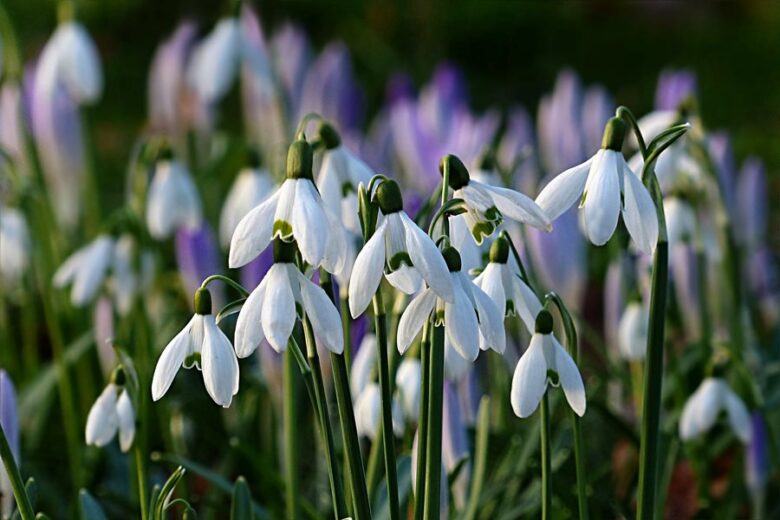
Like daffodils, snowdrops are often referred to as early signifiers of the changing seasons. However, they will grow during the tail end of the winter too, so do not be surprised should you see snowdrops growing despite cold frosts and even snow! Their simple, white flowers can create a gorgeous contrast, especially when paired with richer, more intense springtime planting. There are many different species of snowdrops, with subtle changes in colour and markings, often only to be observed by the most experienced of gardeners.
These tough little plants are extremely easy to care for, as they can be simply left alone once they have grown, with them not even needing pruning. If you plant snowdrop bulbs in Autumn, you will see them start to push through the earth, regardless of the temperature. However, if you would rather avoid gardening in the cold and want to save your planting until the early spring, you can instead plant them around March. Again, like most springtime flowers, they thrive best in the partial shade and with moist, well-drained soil, and can be planted in pots.
To conclude, there are plenty of options when choosing flowers for your gardens in the springtime, and the examples we have showcased in this article are merely scratching the surface. The warmth and intensity of the springtime colours available can completely transform the aesthetics of your outdoor space, especially when coming out of the bleak and drab winter. Careful planning, research and planting can ensure your springtime starts with a vibrant, beautiful, colourful bed of flowers.

